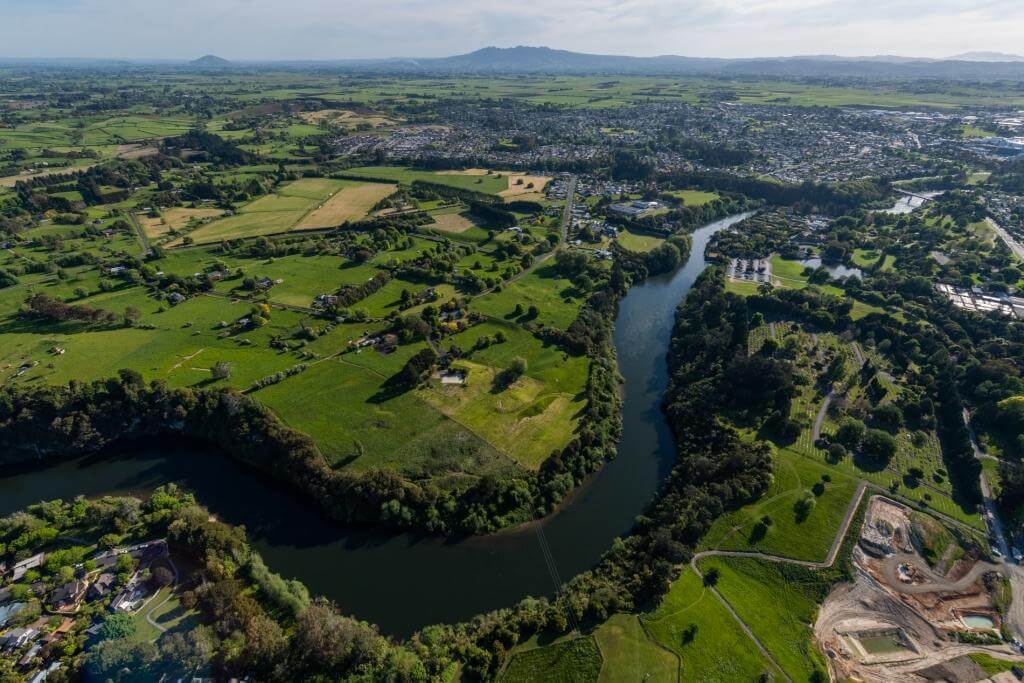
Stu Kneebone
As we come out of winter and into spring, a reminder to landowners that that both the Waikato Regional Council and the Waikato River Authority have contestable funding available to landowners to assist with restoration of wetlands, rivers and streams and steep and eroding land.

Stu Kneebone
The regional council is also able to access funding from the Ministry of Primary Industries Hill Country Erosion fund to assist landowners with retiring and/or stabilising steep eroding land that is not suitable for livestock farming.
The regional council portion of this funding is sourced primarily from a targeted catchment rate that is applied depending on which catchment zone you are based in, plus a general rate contribution of approximately 15- 20 per cent.
These rates are based on property value. Funding is generally prioritised to the parts of the region’s catchments that have been identified as a priority for funding assistance.
This is primarily about ensuring that our limited public funding is utilised effectively in a way that we can be confident will deliver results for the catchment as a whole.

Waikato River
The Waikato River Authority makes contestable funding available via its Waikato River Clean up Trust for restoration projects in the Waikato and Waipā river catchments.
This funding was made available via a treaty settlement that was negotiated by Waikato River Iwi with the Crown in 2010, following recognition that the river was degraded, and should not have to accept further degradation as a result of human activities.
The authority allocates approximately $6million a year to restoration projects in the Waikato and Waipā river catchments.
Its funding decisions are guided by the Waikato and Waipā river restoration strategy.
For those landowners in the Karapiro Stream and upper Mangaonua Stream catchments, which include the communities of Te Miro, French Pass and Whitehall, you may be eligible for up to 70 per cent of the cost of fencing and planting.
Contact Georgia Roguski, Catchment Management Officer to discuss further.
For those in the wider Waipa catchment, ask for your local Catchment Management Officer. Again, similar funding assistance is available via the Waipa Catchment Plan programme.
Type of works eligible for funding include:
- Fencing to retire steep/erosion prone land.
- Re-vegetation of retired steep/erosion prone land with a mix of native plants using small plant sizes to keep costs down.
- Planting of poplar poles to help stabilise land slips.
- Poplar poles come with a protective sleeve which allows grazing to continue.
- Fencing of wetlands and eroding streams.
- Planting of eroding streambanks
The council is keen to engage with landowners early to plan and prepare for next winter’s planting programme so plants, work programmes and associated budgets can be organised.
If you have areas on your farm that you are thinking about fencing off and planting, please contact us early to avoid missing out.








